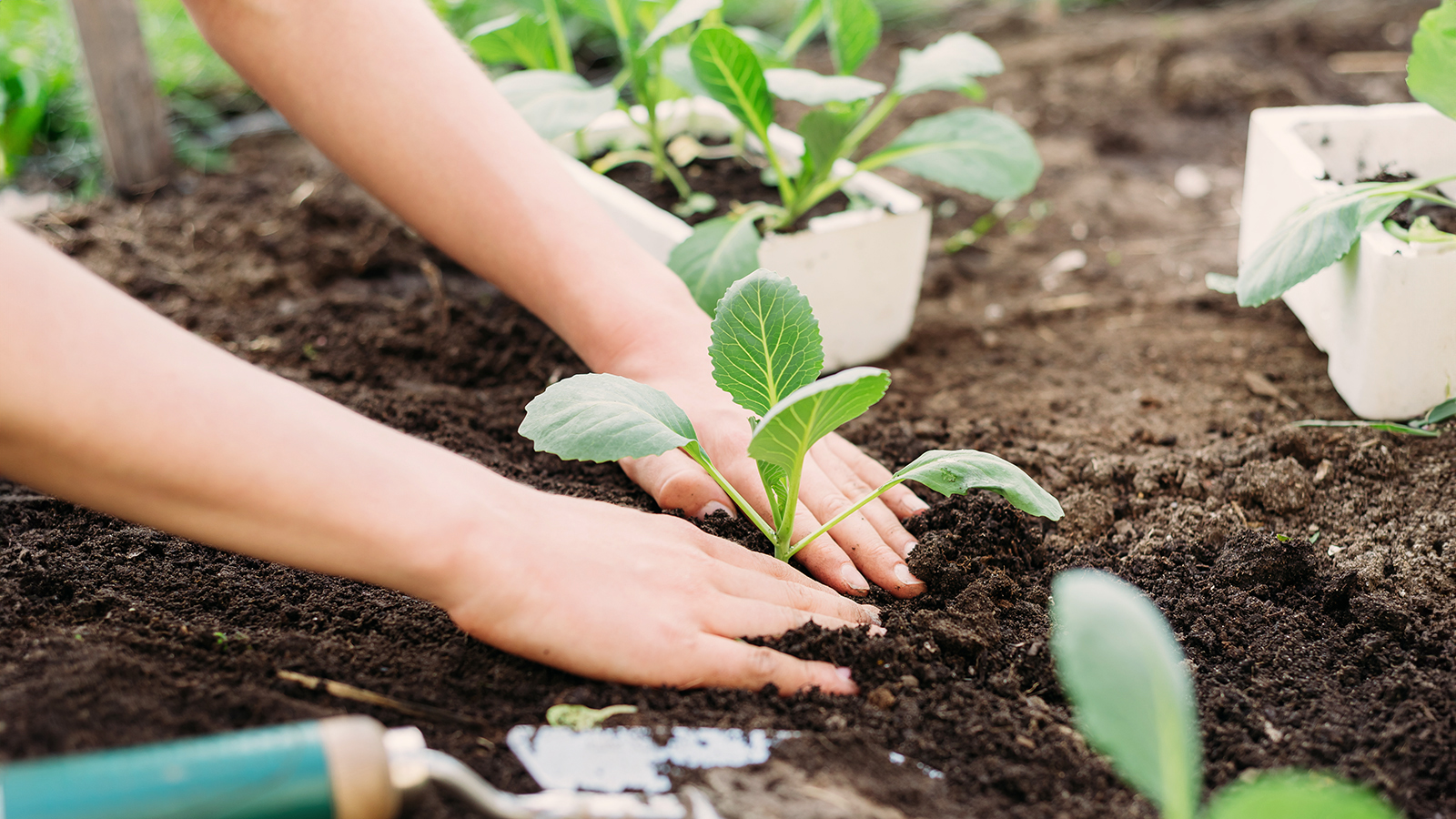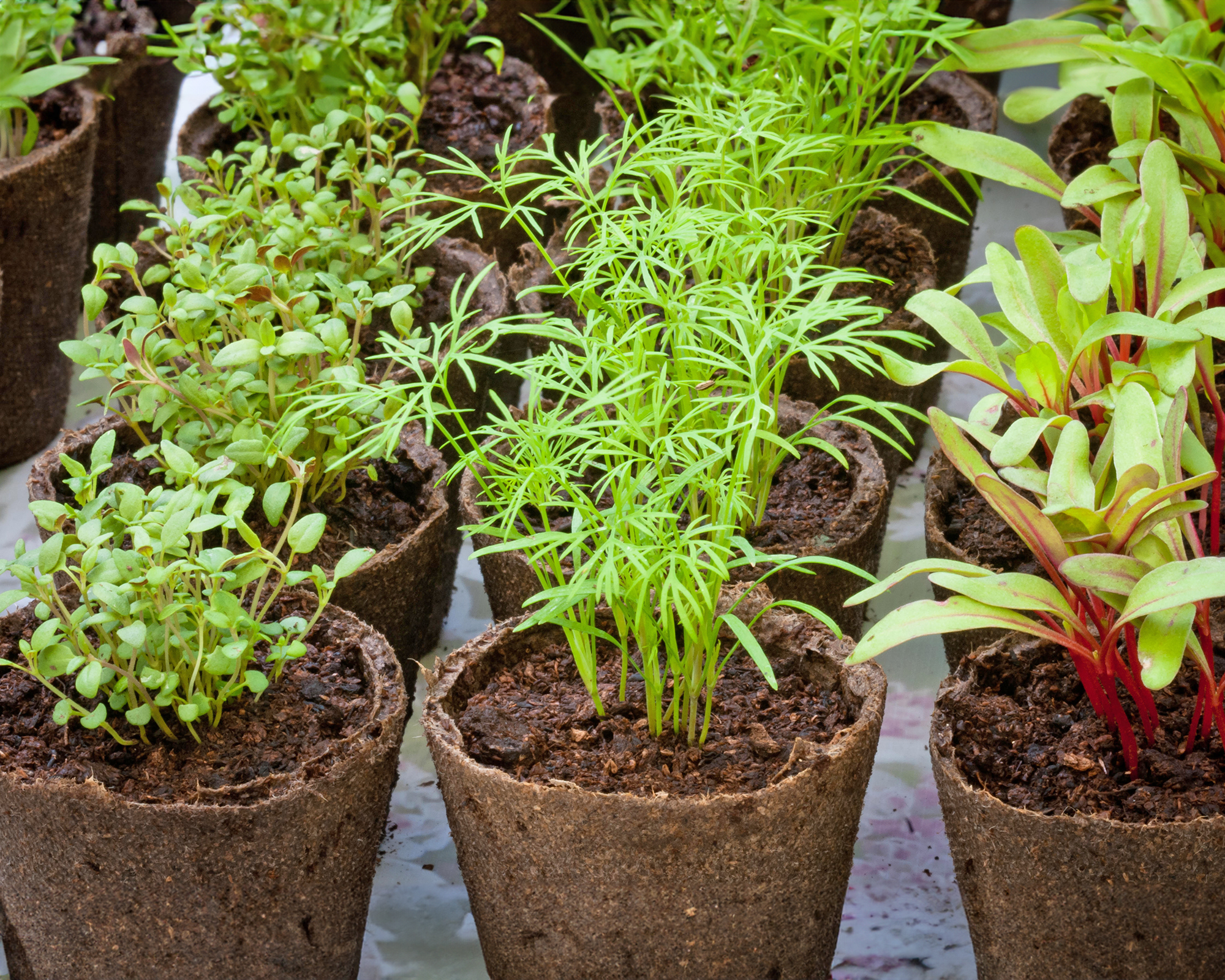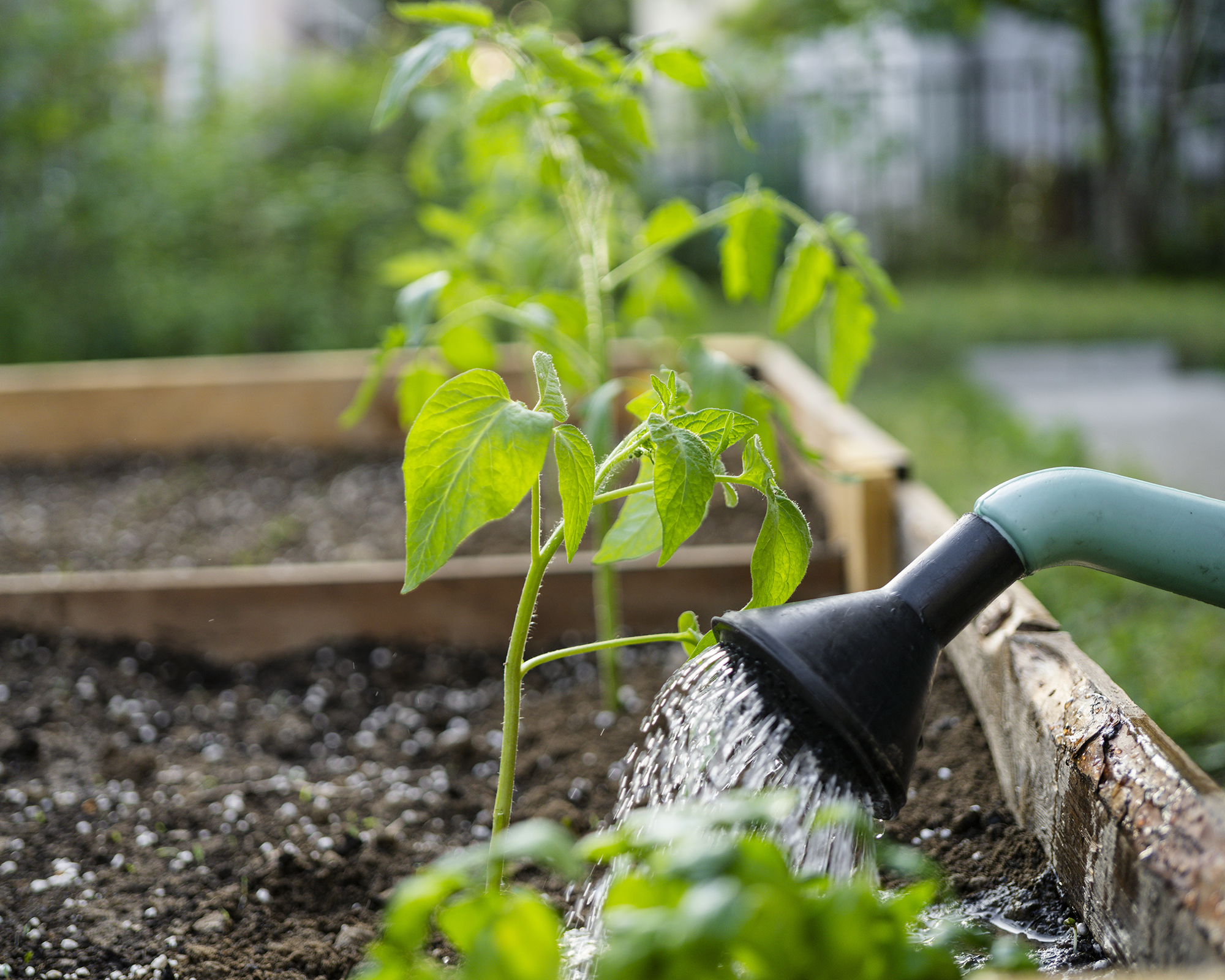How And When To Transplant Seedlings Into The Garden For A Strong, Healthy Start
Avoid stressing your new plants by transplanting seedlings the right way, at the right time. Check key signs, including soil temperature and seedling maturity.


Heather Rhoades
Transplanting seedlings into the garden is the final step in the seed-starting process. At this stage, they become plants, ready to mature and reach their full potential. Whether you grew the plants from seed yourself or purchased them from a nursery, you need to know how to transplant seedlings to give them the best possible start.
Following the correct steps is a crucial aspect of seedling care and will shape their later development. It all starts with good timing. If you plant seedlings before they are ready, they will have a hard time surviving the elements. If you wait too long, your seedling may become pot-bound in its original container. Yet, when to transplant seedlings is not always obvious. There is no hard and fast rule for how tall a plant should be before you put it out in the garden, because different plants grow to different sizes. So, how do you know seedlings are ready?
When to Transplant Seedlings
Knowing when to transplant seedlings will eliminate some of the stress on your new babies. Timing depends on the type of plant, its growth stage, and most importantly, the average last frost date for your area. If you are planting tender flowers and crops, you must wait until this date has passed, or you risk losing them to a late frost.
When starting seeds indoors, you should work back from this date. Crops that require the most heat and the longest time to maturity should be planted 6 to 8 weeks prior to transplanting. These include tomatoes, peppers, and eggplant. Brassica crops like broccoli and cabbage need 4 to 6 weeks, while cucumbers, squash, and melons only need four weeks of growth before being transplant-ready.
In addition, you should check the optimal soil temperature for planting your chosen varieties. Most cold-weather crops and hardy plants should not be planted until soil temperatures are above 50°F (10°C). Heat-loving crops and plants should wait to be transplanted until the soil temperature is at least 60°F (16°C).

Start planting your dream garden with expert-curated seed collections, growing kits, pro-quality seedling trays, and more in the Gardening Know How Shop.
When Are Seedlings Ready for Planting?
As well as conditions being optimal, the seedlings themselves need to be big enough. Transplant-ready seedlings will likely be between 2 to 3 inches (5 to 8cm) in height, but this isn't enough information on its own.
When planting seeds, the amount of available light can influence how quickly a plant grows in height. Seedling light requirements are high, and if there is not enough light, a plant can grow very tall, very quickly, but this plant may not be ready for planting out.
Gardening tips, videos, info and more delivered right to your inbox!
Sign up for the Gardening Know How newsletter today and receive a free copy of our e-book "How to Grow Delicious Tomatoes".
The best way to judge if a plant is large enough to transplant into the garden is to look at the number of true leaves. When you plant a seed, the first leaves to emerge are the cotyledons. These leaves will look different from the true leaves that will grow later, which resemble the mature plant. The purpose of cotyledons is to provide stored food to the seedling for a short period of time. True leaves grow shortly after the cotyledons.
The true leaves emerge and start generating energy through photosynthesis, which will help feed the plant for the rest of its life. Making sure that the plant has enough of these leaves to keep it sustained when planted out in your garden is important to its proper growth. The general rule of thumb is that when a seedling has three to four "true leaves", it's big enough to plant out in the garden – after it has been hardened off.

Hardening Off Seedlings
Even when they have grown big enough for transplanting, you should harden off seedlings before planting them. This allows them to acclimate to conditions outside, reducing the amount of stress the plant will go through.
Hardening off simply means allowing the seedlings to gradually get used to light and temperature conditions outside vs indoors. Plan to harden seedlings off 7 to 10 days before you transplant them outside.
Begin by placing the seedlings in a sheltered, partially shaded area for a few hours. As the days go by, gradually introduce them to more sunshine, less protected conditions, and increase the time they spend outside until they spend an entire day in full sun and a night outdoors.
When they are ready, don’t let your transplants hang around for weeks on end. For one thing, they are in tiny pots with little room to grow or take up water or food. If you can’t get to planting right away, put the transplants in a shaded area and keep the soil moist until you’re ready to plant.

How to Transplant Seedlings
Ideally, wait for a cloudy day to transplant your seedlings. If that’s not a possibility and the weather is hot, plant in the early morning and use a sheet, tarp, or landscape fabric to shade the plants. This will help reduce stress on the seedlings.
- Before transplanting, give the seedlings a good drink of water at least 12 hours prior.
- Prepare the planting area ahead of time, removing weeds, rocks, and debris, and amending the soil if required, mixing in organic matter such as compost.
- Dig your holes, observing the correct mature plant spacing for your chosen varieties. The holes should be as deep as the seedlings' growing container.
- Gently remove the seedlings from their container, taking as much soil as possible. If several seedlings are in the same pot, you will need to carefully prick them out using a seed dibber, pencil, or your finger. Hold them by their leaves, not by the stem.
- Place the seedlings in their holes. Fill in with soil and tamp down lightly to eliminate air pockets. Water seedlings thoroughly but gently, directing the water at the soil and not the leaves.
Remember, newly planted seedlings will need protection from full sun and possible rain, wind, or hail. Keep an eye on the weather.
More Growing Inspiration
- Why are my seedlings wilting? Learn 6 common causes – and how to save your precious plants.
- Want to know how to grow seeds quickly? Discover 8 expert tricks for fast flowers and crops.
- Congested seedlings make unhappy plants. Find out how to thin seedlings the right way for stronger, healthier plants.
- Get more growing advice and inspiration delivered straight to your inbox by signing up for the Gardening Know How Newsletter.

Amy Grant has been gardening for 30 years and writing for 15. A professional chef and caterer, Amy's area of expertise is culinary gardening.
- Heather RhoadesFounder of Gardening Know How